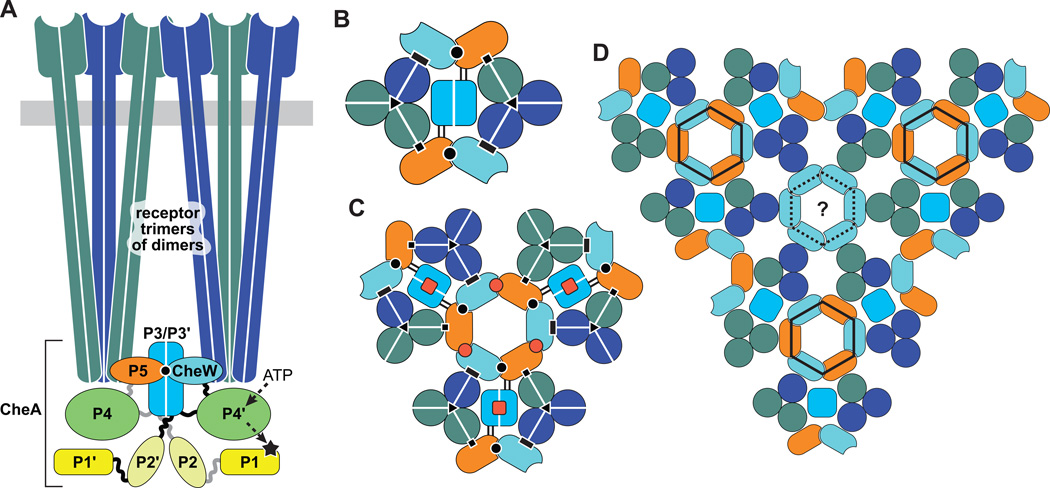Figure 2. Receptor core complexes and arrays.
The same fill color conventions for the various signaling components and domains are used in all panels. White lines in panels A–C separate the protomers of homodimeric molecules.
(A) Core complex, the minimal unit of receptor signaling. Two receptor trimers of dimers and two CheW molecules are needed to activate and control a CheA dimer. The trimers can contain receptors with different detection specificities (dark green and dark blue). CheA protomers have five domains: P1 (phosphorylation site); P2 (CheB and CheY binding); P3 (dimerization domain); P4 (catalysis, P1 and ATP binding); P5 (receptor/CheW coupling and activity control). A binding interaction between CheW and its CheA-P5 paralog (black circle) is critical for core complex assembly.
(B) Cross-section through the CheA-P5/CheW baseplate of a core complex viewed from the cytoplasmic membrane toward the protein interaction tips of the receptors. Black symbols indicate protein-protein contacts involved in core complex assembly and function: P5-receptor (squares); CheW-receptor (rectangles); P5 [subdomain 1]-CheW [subdomain 2] (circles); trimer contacts between inner subunits of receptor dimers (triangles). Parallel black lines between the P5 and P3 domains of CheA indicate the linkers flanking the P4 domain, a likely route for signaling conformational changes in the core complex.
(C) Signaling connections between core complexes in the receptor array that may confer response amplification. Red squares indicate P3-P3' interactions that could transmit allosteric signals between CheA protomers. Red circles denote interface 2 interactions between P5 (subdomain 2) and CheW (subdomain 1) that could transmit allosteric signals through hexagonal P5-CheW rings.
(D) Proposed organization of core complexes in the receptor array. In addition to hexagonal P5-CheW rings (solid black line), hexagonal rings of CheW might also exist (broken black line).

